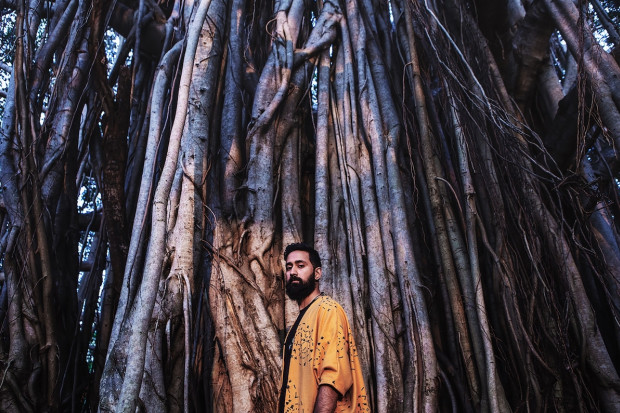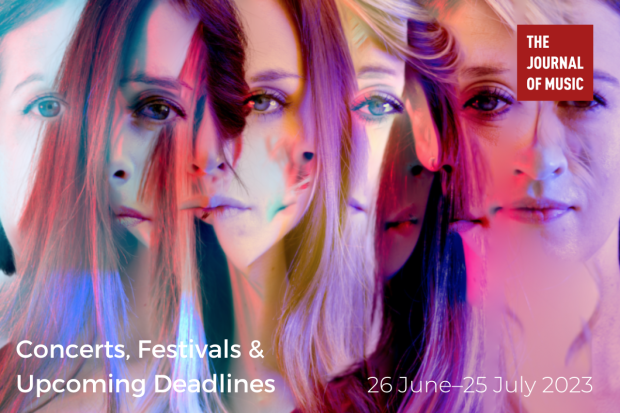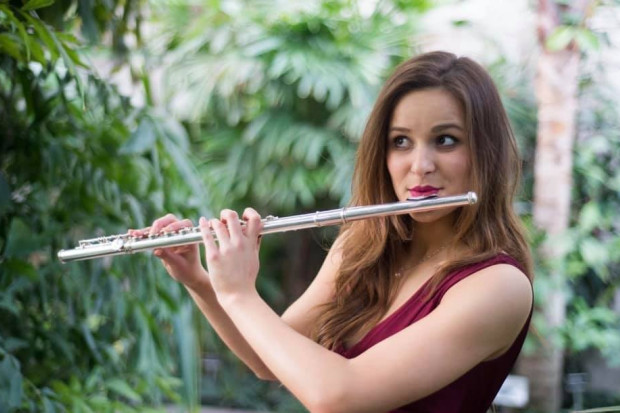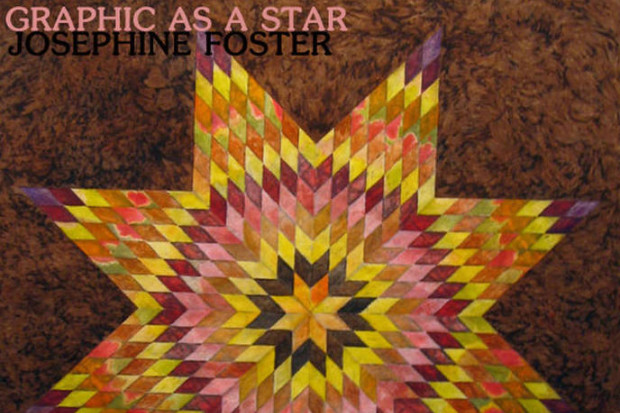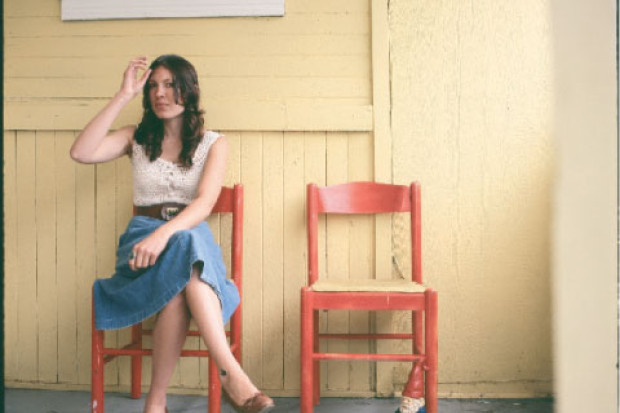
The Art of Inefficiency
What is at play with the steady reclassification of music as sonic art is more dangerous than we will admit. The sound wave, after all, is merely the raw material of the business we call music-making; and only one raw material of many. In the age after mechanical reproduction – I’ll say at the outset that this article is profoundly influenced by Walter Benjamin – sound has been recorded, digitised and synthetically recreated meaning that music itself, as product, has been re-modeled. From the tempi conductors were obliged to follow in order to squeeze a symphonic movement onto vinyl, to the shop window approach of the internet, music has been re-packaged, not only in the sense of marketing (although this is of course true) but in its actual, physical properties of displacement. It is also true that music has never travelled so quickly: organised, channeled and propelled through wires and satellite link, music is distributed across the world in seconds.
This is not an anti-modern essay, nor a Luddite rallying call against electricity. It is a night-time check on modernism, to see if its vital organs are still functioning.
Depreciate live music at your peril. Where once on every violin case we saw proudly displayed the imperative ‘Keep Music Live!’ we now see the passive ‘www’. Consider the irony of the term ‘MySpace’ when that individual ‘space’ in fact takes up a size equivalent to a pinhead on a server housed in California. Boxed, efficiently packed and ultimately tamed, music has suffered more than any other art form in the age of bit-reproducibility. In contrast, what’s great about live performance is its shameless inefficiency.
On one day in Belfast earlier this year, the decadent art of live performance was much in evidence. In the Great Hall of Queen’s University the Belfast Music Society (eighty-eight years of uninterrupted service to live music) fished pianist Melvyn Tan out of the international circuit to replace an indisposed Nelson Goerner at a day’s notice. That night, in Belfast’s Black Box, Moving on Music (fourteen years of uninterrupted service to live music) presented British saxophonist Julian Argüelles and his US rhythm section of Michael Formanek on bass and Tom Rainey on drums. What unites the Belfast Music Society and Moving on Music is more than their disparate genres and audiences would imply. The former is seen as traditionalist, the latter experimental, but at both gigs the audiences seemed cabbalistic, intent and conspiratorial in their appreciation of an esoteric ritual that quivers with near-defunct sentiment. And how old the styles were. Argüelles is as historically aware as any jazz performer, his music is writerly, serious and associative. He mixes blues, bop and lyricism as part of a personal tribute to the history he serves. Tan, similarly, is energised by the tradition that he accepts as his personal road-map to artistic expression; on this occasion, Schubert’s D. 894 sonata, four of Schubert’s songs as transcribed by Liszt for piano solo and Debussy’s Suite Bergamasque. But these historically-informed efforts are legitimised by their realisation in the shock of the physically here, the physically now. Importantly, the two performers elevate the practice of delivery so that Argüelles, saxophonist, stands as one with Argüelles, composer; the two are in direct dialogue with the voices of jazz, past and present. And Tan, the pianist/interpreter communes, on equal footing, with Schubert, Liszt and Debussy.
That word, practice, is key and leads us back to Benjamin: ‘If we designate as aura the associations which… tend to cluster around the object of a perception, then its analogue in the case of a utilitarian object is the experience which has left traces of the practised hand.’ The philosophical debate on aura is a complex one and the questions around its demise (exaggerated or otherwise) will not be rehearsed here. But here’s the rub: the concept of aura comprises the ‘unique manifestation of a distance’, a distance traversed by the gaze (of eye or mind’s-eye) and carries the implicit expectation that that look will be returned. ‘Where this expectation is met,’ says Benjamin, ‘there is an experience of aura to the fullest extent.’ What terrified artists about daguerreotypy in the early days of the modern era was the prolonged looking into the camera, since ‘the camera records our likeness without returning our gaze’. How would these early moderns have coped with a world in which we all stare, like unrequited lovers, into computer screens for the majority of the working day and an increasing amount of the playing day? These issues are always relevant for live music performance. The intimacy, the expectation and satisfaction of a two-, three- (or more) way connectivity is the intoxicating brew. And it’s especially potent in the confines of the (oh so inefficient) meeting of around forty people in a small room as is often the case with a classical recital or late-night jazz gig. It is this distance, and its unique manifestation, that is important; this is where the beauty and the excitement is to be found. Technology, in its promise to eradicate distance in space and time through e-connectivity, deprives us of the shock of seeing through, of piercing.
The rewards of ‘being there’ were fully apparent during those two Belfast concerts. The sonic and the sonorous were everywhere, of course, but how limited the experience without the intellectual journeying around a concept and the physical topology of the Argüelles Trio; and, in the case of Melvyn Tan’s recital, how glorious to see the honouring of all aspects of musical performance by a master craftsman. Tan’s beautifully announced sounds, suggestive and inquiring rather than assertive, emanated from bodily and intellectual equipoise. He debated, he questioned, he listened as much as he played; he seemed delightfully surprised at how the piano responded, in terms of its touch and presence as much as its sound; he created intensely active silences and made concentric circles in the air with his hands as a visual commentary on his ideas. At the end of each piece he opened his arms to the audience in a gesture of humble offering.
What promoters such as the Belfast Music Society and Moving on Music achieve, is the quiet, ongoing, support of a practice that can often seem under attack in the modern world – an art form that can see beyond its materials, and a music that is as much auratic as it is sonic.
The Belfast Music Society presents a celebrity recital on May 21, 2009, with violinist Tamsin Little at Belfast Habour Commission.
belfastmusicsociety.org
Moving on Music promotes concerts throughout the year. movingonmusic.co.uk.
Published on 1 April 2009
Peter Rosser (1970–2014) was a composer, writer and music lecturer. He was born in London and moved to Belfast in 1990, where he studied composition at the University of Ulster and was awarded a DPhil in 1997. His music has been performed at the Spitalfields Festival in London, the Belfast Festival at Queen’s and by the Crash Ensemble in Dublin. In 2011 the Arts Council acknowledged his contribution to the arts in Northern Ireland through a Major Individual Artist Award. He used this award to write his Second String Quartet, which was premiered in 2012 by the JACK Quartet at the opening concert at Belfast's new Metropolitan Arts Centre (The MAC). Peter Rosser also wrote extensively on a wide range of music genres, with essays published in The Journal of Music, The Wire, Perspectives of New Music and the Crescent Journal. He died following an illness on 24 November 2014, aged 44.













